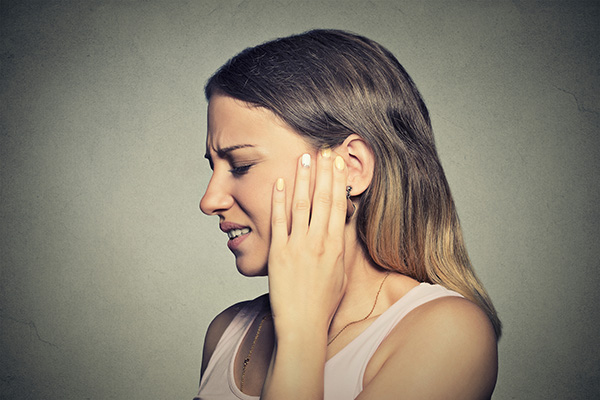Ear Care
Ear Syringing Information
Your Ear
The ear canal is a 3cm tunnel ending at the eardrum. The sides of the tunnel are covered with skin and have small glands which produce wax. The wax is important to waterproof and protect the skin of the tunnel. Usually, ears are self-cleaning and the excess wax works itself out. But occasionally, a large build-up of wax can cause some temporary loss of hearing.

How To Get Rid Of Ear Wax
It is important to use ear drops in the first instance to clear ear wax. This should be used 3 times a day for AT LEAST 5-10 days. This will clear most wax build ups. Please do not use cotton-buds or ear candles – these can do real damage to the ear canal and drum. Once the ears are clear of wax, it can be helpful to continue to use the drops twice a week to help keep them clear. If you are suffering from hearing loss and you don’t know why, or if you have other ear symptoms e.g. unpleasant discharge/pain, or you have been told you have already got a perforated ear drum, then you should see a GP or nurse.
How To Use Ear Drops
- Use olive oil or sodium bicarbonate ear drops (available from a pharmacy). Have the drops at room temperature for use.
- Lay on your side with the affected ear uppermost and put 3-5 drops into the ear canal. Let the drops soak in for at least 5 minutes.
- You can use some cotton wool (dampened with water or Vaseline) placed at the entrance to the canal to stop drips running out as you get up afterwards.
- Repeat for the other ear if necessary.
This method is EFFECTIVE and SAFE.
When Should I Book For An Ear Syringe?
Only VERY RARELY should syringing be needed. Even if syringing is carried out carefully by trained staff, it can cause complications such as ear infections, perforated ear drums, tinnitus, vertigo and deafness. Ear syringing should only be used as an absolute last resort. It is important to try the ear drops as recommended. If this does not work after the recommended time frame and your ears are still blocked with ear wax, then please contact the surgery and book an appointment with the nurse to check your ears. The Nurse will then decide if an ear syringe is necessary. Please note when booking for an ear syringe it is important to tell the receptionist if it is one ear or both ears that are blocked so that they can book out the right amount of time with the treatment nurse.
What Is Ear Syringing?
Ear syringing involves using a pressurised flow of water to remove the build-up of ear wax. During the procedure, a controlled flow of water will be squirted into your ear canal to clean out the ear wax. The water is a similar temperature to your body. While syringing your ear, the nurse treating you may hold your ear at different angles to ensure the water reaches all of your ear canal. They may also look inside your ear to check if the wax is coming out. Ear syringing is a painless procedure, but your ear may feel strange as the water is squirted around your ear canal.
Tell the nurse if you have any of the following symptoms as this may be the result of an ear infection and will need further investigation.
- Pain
- Dizziness
- Vertigo (the sensation of movement when still)
INDEX - Self-Help-Centre
Self-Help Information
- Pharmacy First
- Health A - Z
- Live Well
- Choose Well
- Health Help Now
- Just Be Croydon
- Age Well
- Carers
- Croydon Hearing
- Ear Care
- In Times of Bereavement
- Stop Smoking Help
- Winter Health
Health Checks
We use cookies to help provide you with the best possible online experience.
By using this site, you agree that we may store and access cookies on your device. Cookie policy.
Cookie settings.
Functional Cookies
Functional Cookies are enabled by default at all times so that we can save your preferences for cookie settings and ensure site works and delivers best experience.
3rd Party Cookies
This website uses Google Analytics to collect anonymous information such as the number of visitors to the site, and the most popular pages.
Keeping this cookie enabled helps us to improve our website.

%20(1)%20(1).png)